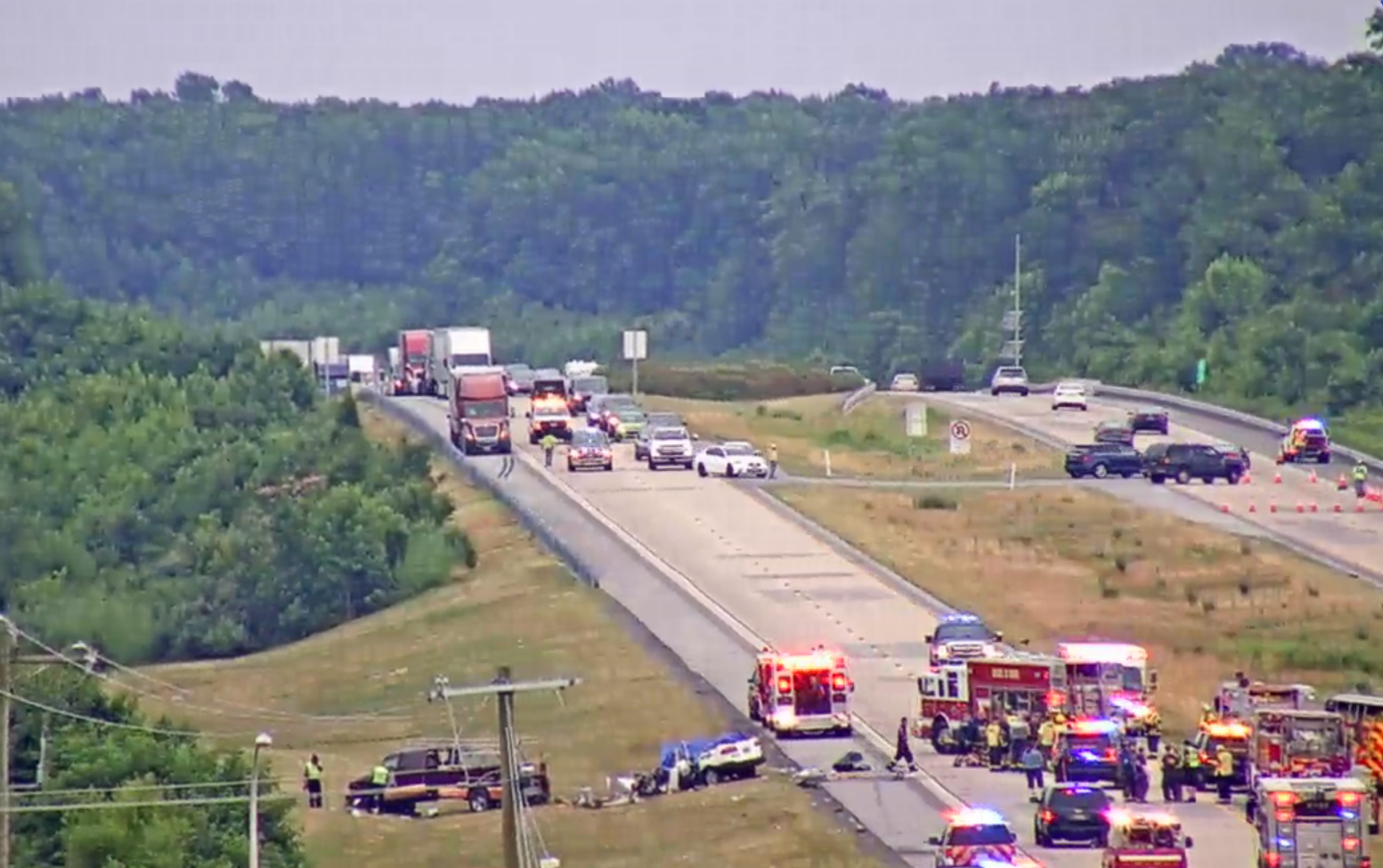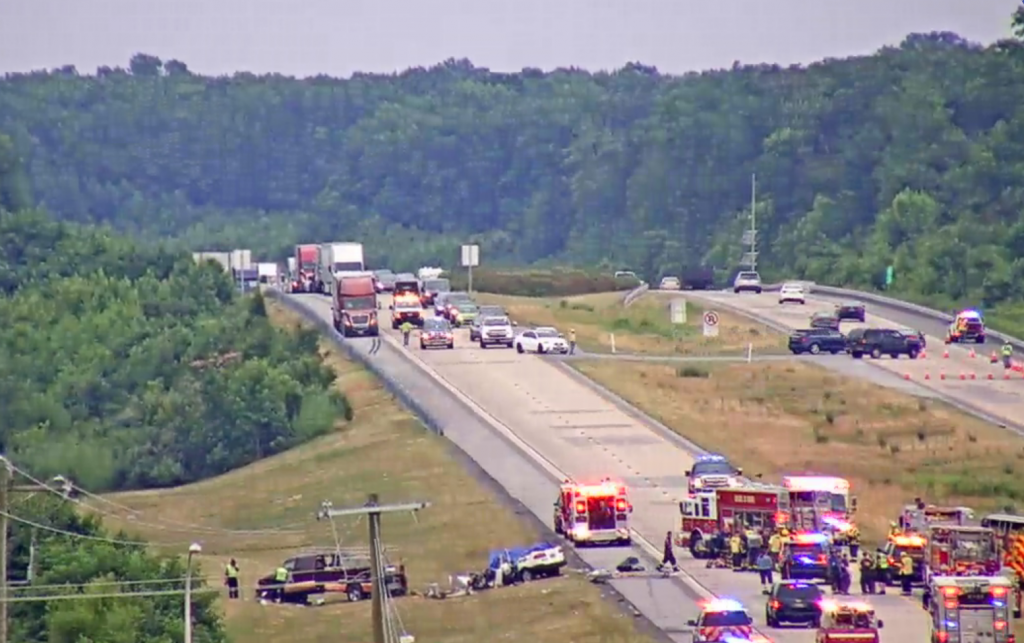With the tragic deaths of eleven motorists, passengers, cyclists, and pedestrians on Delaware’s roads so far this month, AAA Mid-Atlantic reminds everyone of the importance of safety when using the roads.
“While these tragedies on our roads vary in locations, circumstances, time of day, and contributing factors, we must recognize the important role all of us play in making our roads safer for ourselves and each other,” said Ken Grant, Manager of Public and Government Affairs for AAA Mid-Atlantic in Delaware. “If all drivers, passengers, cyclists, and pedestrians take time to review basic safety points and put them into practice, we can work together to avoid future tragedies.”
Avoid Speeding
Speeding is involved in about 13 percent of all crashes — and 33 percent of all fatal crashes. Speeding increases the risk of a crash because there is less time and distance available to respond. Our reaction times – about 1 second for most drivers – don’t speed up just because we are going faster.
Do Not Drive Impaired
Whether impaired by alcohol, prescription medication, or illicit drugs, the results can be deadly. AAA advises using designated sober drivers, taxis, ridesharing services, or public transportation.
Remove Distractions
AAA’s Top 10 Tips to Avoid Distractions While Driving
10. Fully focus on driving. Do not let anything divert your attention, actively scan the road, use your mirrors and watch out for pedestrians and cyclists.
9. Store loose gear, possessions and other distractions that could roll around in the car, so you do not feel tempted to reach for them on the floor or the seat.
8. Make adjustments before you get underway. Address vehicle systems like your GPS, seats, mirrors, climate controls, and sound systems before hitting the road. Decide on your route and check traffic conditions ahead of time.
7. Finish dressing and personal grooming at home – before you get on the road.
6. Snack smart. If possible, eat meals or snacks before or after your trip, not while driving. On the road, avoid messy foods that can be difficult to manage.
5. Secure children and pets before getting underway. If they need your attention, pull off the road safely to care for them. Reaching into the backseat can cause you to lose control of the vehicle.
4. Put aside your electronic distractions. Don’t use cell phones while driving – handheld or hands-free – except in absolute emergencies. Never use text messaging, email functions, video games or the internet with a wireless device, including those built into the vehicle, while driving.
3. If you have passengers, enlist their help so you can focus safely on driving.
2. If another activity demands your attention, instead of trying to attempt it while driving, pull off the road and stop your vehicle in a safe place. To avoid temptation, power down or stow devices before heading out.
1. As a general rule, if you cannot devote your full attention to driving because of some other activity, it’s a distraction. Take care of it before or after your trip, not while behind the wheel.
Buckle Up
Buckling up is the most important safety measure you can take to protect yourself in a crash as it helps keep you safe and secure inside your vehicle. Seat belts are also the best defense against impaired, aggressive, and distracted drivers.
Safe Cycling
Cyclists have the same rights and responsibilities as motorists. For example, cyclists must:
Yield to pedestrians
Stop for stop signs
Signal turns
Travel with the flow of traffic.
In the eyes of the law, if you are riding a bicycle on the road, you are considered a vehicle on the road.
When you dismount and walk alongside your bicycle, you are considered a pedestrian and have the same rights as a pedestrian.
Pedestrian Safety
Be Visible
Make sure you’re visible to drivers at all times and make eye contact with them whenever possible. This is especially important at night, in low-light conditions such as dusk or dawn or in inclement weather. According to NHTSA’s National Center for Statistics and Analysis, 32 percent of all pedestrian fatalities occur between 8 p.m. and 11:59 p.m.
Wear light colored or reflective clothing at night and brightly colored clothing during the day.
Stay in well-lit areas, especially when crossing the street.
If possible, make eye contact with drivers in stopped vehicles to ensure they see you before you cross in front of them.
Stay Alert – Avoid Distractions
Distractions are everywhere today and becoming more and more difficult to avoid. Remember that, as a pedestrian, your eyes and ears are your best tools for keeping safe. Stay alert and watch out.
Put down your phone. Smartphones and handheld electronic devices are a daily part of life, but they take your eyes off of the road and distract your attention.
Don’t wear headphones. Your ears will tell you a lot about what is happening around you – be sure to use them.
Follow the Rules
Know and follow all traffic rules, signs and signals. You need to be aware of the rules vehicles around you must follow to properly anticipate what drivers will do. This will help increase your safety.
Never assume a driver will give you the right of way. Make every effort to make eye contact with the driver of a stopped or approaching vehicle before entering the roadway.
Walk in Safe Places
Use crosswalks when crossing the street. If a crosswalk is unavailable, be sure to find the most well-lit spot on the road to cross and wait for a long enough gap in traffic to make it safely across the street.
Stay on sidewalks whenever possible. If a sidewalk is not available, be sure to walk on the far side of the road facing traffic. This will help increase your visibility to drivers.
Avoid walking along highways or other roadways where pedestrians are prohibited.
Avoid Alcohol Consumption
Almost half of all traffic crashes resulting in pedestrian casualties involve alcohol consumption. Surprisingly, 34 percent of that total was on the part of the pedestrian. Alcohol impairs your decision-making skills, physical reflexes and other abilities just as much on your feet as it does behind the wheel.
AAA provides automotive, travel, and insurance services to 58 million members nationwide and more than 140,000 members in Delaware. AAA advocates for the safety and mobility of its members and has been committed to outstanding road service for more than 100 years. AAA is a non-stock, non-profit corporation working on behalf of motorists, who can now map a route, find local gas prices, discover discounts, book a hotel, and track their roadside assistance service with the AAA Mobile app


